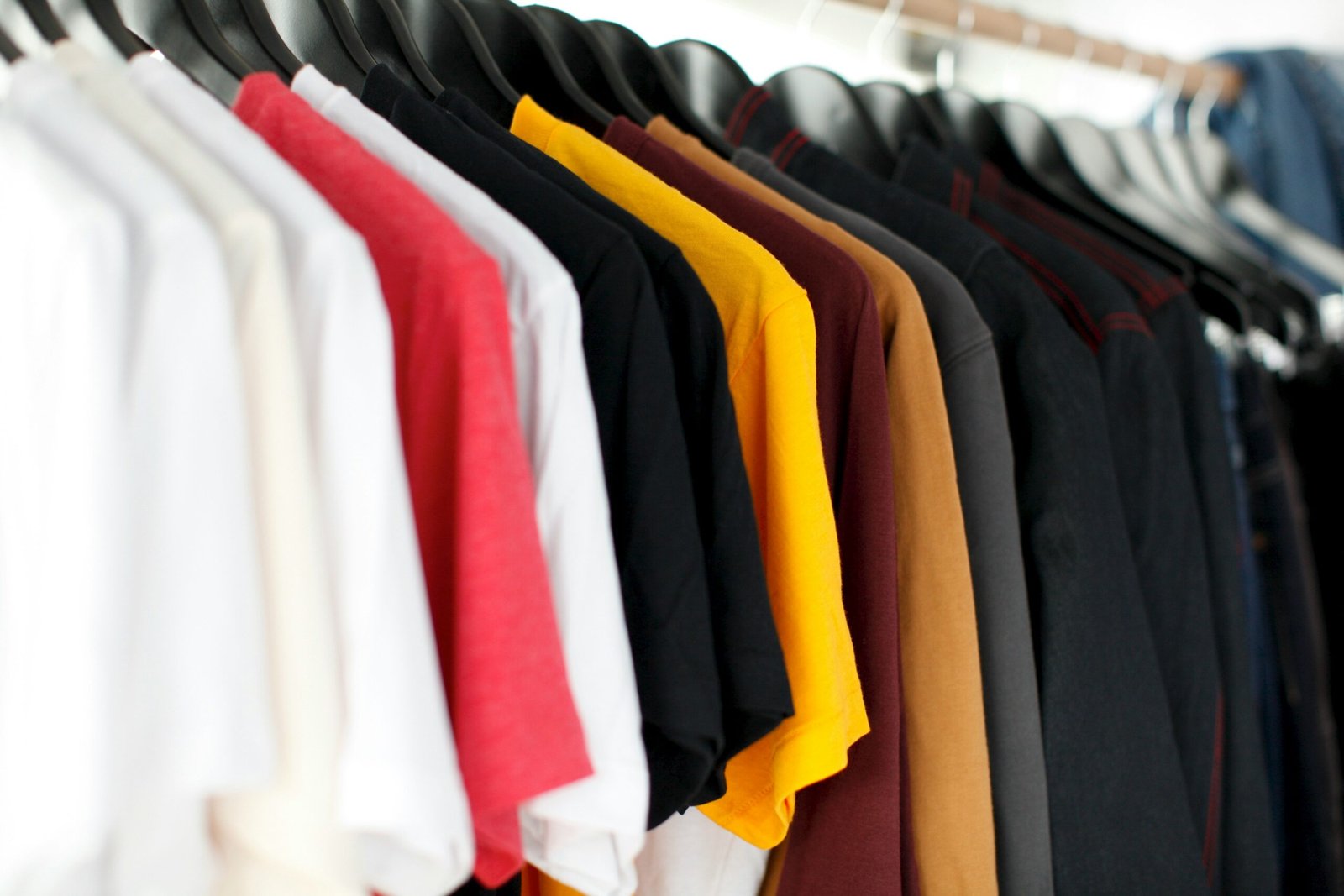The Rise of Slow Fashion: Sustainable and Ethical Eco-Fashion
The fashion industry in our fast-paced, trend-focused world is a significant contributor to both environmental degradation and unethical labor practices. This is evident through the rise of fast fashion, which involves the quick production of cheap, disposable clothing that capitalizes on the latest styles. However, as consumers become more conscious of the environmental and social impacts of this approach, a counter-movement called slow fashion is gaining momentum. This article discusses the importance of the rise of slow fashion, highlights the key distinctions between fast and slow fashion, and emphasizes the significance of investing in sustainable clothing for a healthier planet and a more ethical society.
Table of Contents
Slow Fashion
Slow fashion is a movement that promotes a more mindful and sustainable approach to clothing production and consumption. It emphasizes quality over quantity, encouraging consumers to invest in well-made garments designed to last and to be worn for years, rather than discarded after a few wears. Slow fashion brands prioritize ethical labor practices, fair wages for workers, and the use of eco-friendly materials and production methods.
The Importance of Slow Fashion
Environmental Sustainability:
The fast fashion industry is a major contributor to environmental degradation. The production of clothing requires vast amounts of water, energy, and natural resources, while also generating significant amounts of waste and pollution. Slow fashion, on the other hand, aims to minimize these negative impacts by using sustainable materials, reducing waste, and promoting circularity (e.g., recycling and upcycling).
Ethical Labor Practices:
Many fast fashion brands have been criticized for exploiting workers in developing countries, subjecting them to poor working conditions, low wages, and even child labor. Slow fashion brands prioritize fair labor practices, ensuring that workers are treated with dignity and paid a living wage.
Quality and Durability:
Slow fashion garments are designed to be long-lasting, with a focus on quality construction and timeless styles. This not only reduces waste but also saves consumers money in the long run, as they don’t need to constantly replace poorly made clothing.
Personal Expression and Individuality:
By investing in well-crafted, unique pieces, slow fashion allows individuals to express their personal style and individuality, rather than conforming to fleeting trends dictated by the fashion industry.
The Differences Between Fast Fashion and Slow Fashion
Fast Fashion:
– Rapid production cycles to keep up with changing trends
– Inexpensive, low-quality materials and construction
– Disposable clothing designed for short-term use
– Exploitative labor practices and environmental degradation
– Encourages overconsumption and waste
Slow Fashion:
– Emphasizes quality, durability, and timeless design
– Ethical and sustainable production methods
– Fair labor practices and living wages for workers
– Environmentally friendly materials and minimized waste
– Encourages mindful consumption and investment in long-lasting pieces
Why is Slow Fashion More Expensive?
While slow fashion garments may seem more expensive upfront, it’s important to consider the true cost of fast fashion. The low prices of fast fashion items are often achieved through exploitation of workers and the environment. Slow fashion brands, on the other hand, prioritize ethical labor practices, high-quality materials, and sustainable production methods, which inevitably come with a higher price tag. However, the investment in slow fashion pieces pays off in the long run, as they are designed to last for years, reducing the need for frequent replacements, and ultimately saving consumers money.
Why Fast Fashion Needs to Slow Down
The fast fashion industry has had a devastating impact on the planet and its people. It’s time for a shift towards a more sustainable and ethical approach to clothing production and consumption. By embracing slow fashion, we can reduce our environmental footprint, support fair labor practices, and cultivate a more mindful and meaningful relationship with the clothes we wear.
As consumers, we have the power to drive change through our purchasing decisions. By choosing to invest in well-crafted, sustainable garments from ethical brands, we can vote with our dollars and send a message to the fashion industry that slow fashion is the future.
The slow fashion movement represents a much-needed paradigm shift in the way we think about clothing. By prioritizing quality, sustainability, and ethical practices, we can create a more just and environmentally responsible fashion industry, while also cultivating a deeper appreciation for the art of dressing well. It’s time to embrace slow fashion and be part of a movement that values people and the planet over fleeting trends and overconsumption.










